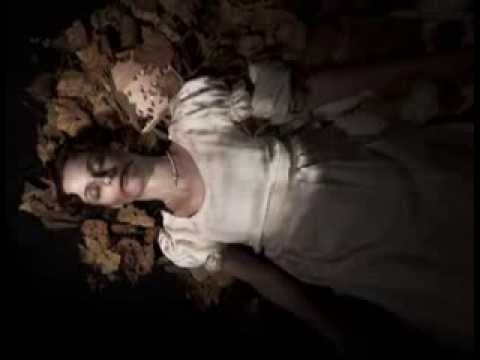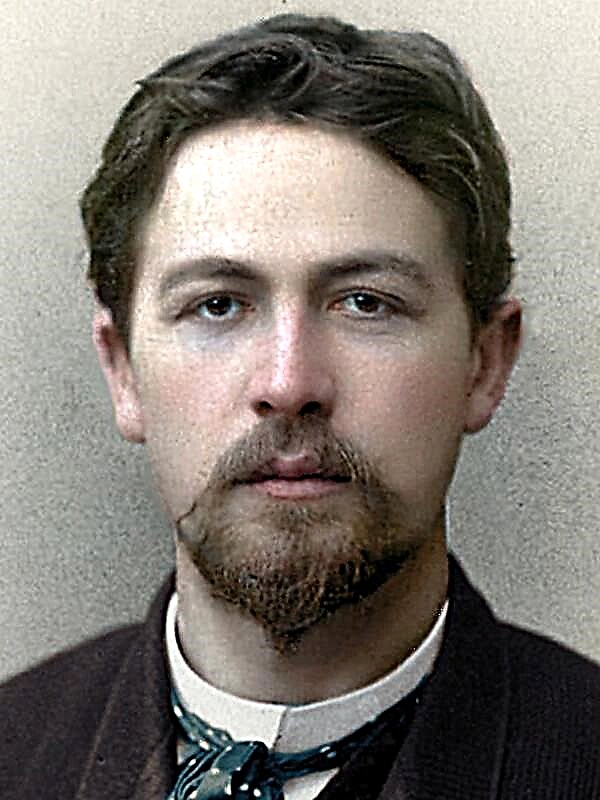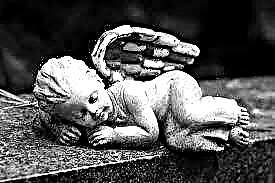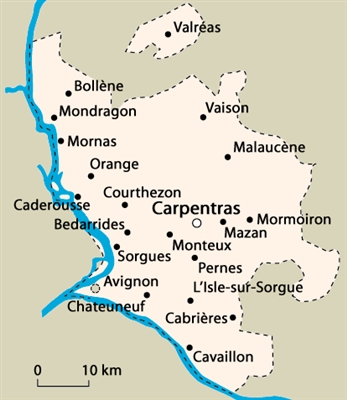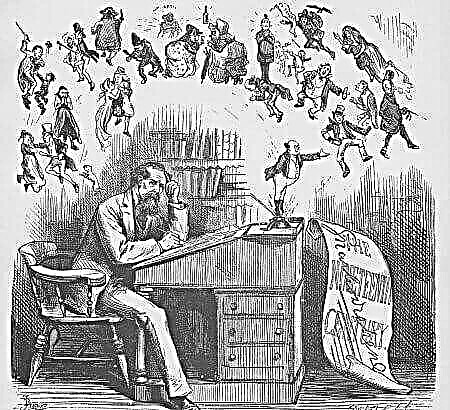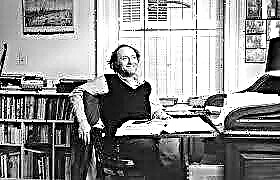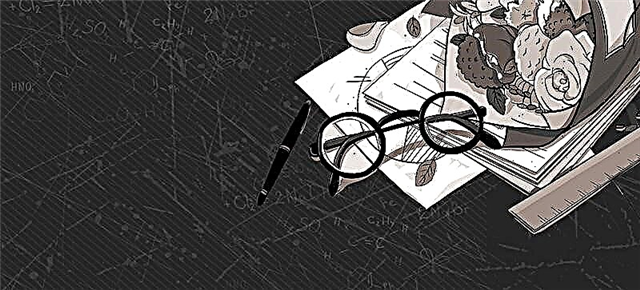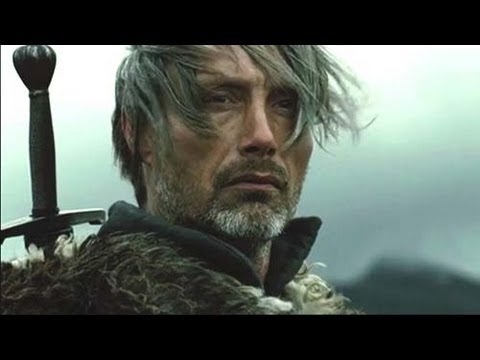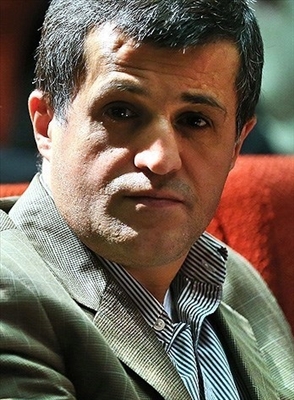Hegumen Daniel from the Russian land wanted to see the city of Jerusalem and the entire Holy Land. He came to Jerusalem, went around the land of Galilee and decided to describe everything that he saw. He hoped that many, having read about this, would be drawn to “holy places and thoughts” to holy places.
Arriving in Jerusalem, Daniel lived for sixteen months in the monastery of St. Sava. He gave all his money to the guides who showed him the holy places. Fortunately, Daniel met a certain elder in the monastery who agreed to lead him throughout the Holy Land.
The hegumen went to Jerusalem through Constantinople. From there, his path lay at Ephesus, where the tomb of John the Theologian is located, as well as the relics of the seven youths of Ephesus and many other saints. On the side, far into the sea is the island of Patm, where John the Theologian wrote the Gospel. The road went through the island of Rhodes, where black incense is extracted under the name homphite. The abbot also visited the big island of Crete, where Queen Elena put up a cypress cross. Incense is collected on this island.
The last milestones on the road to Jerusalem are especially difficult to overcome: there is a great danger of an attack by the Saracens. And when the view of Jerusalem finally opens, all Christians pour tears of joy.
In the Jerusalem Church of the Resurrection is the Holy Sepulcher. This is a small cave where the body of Jesus Christ lay. Not far from there is the prison where Christ was put before execution, and Calvary, where he was crucified. There are many places in Jerusalem that recall the Old Testament: the altar of Abraham, the pillar where the prophet David wrote the Psalter, the house of Uriah. There is also the court of Judah, which is all empty, for no one dares to settle there. Nearby is the Sheep Font, where Christ healed the relaxed.
In Jerusalem, stands the Church of the Holy of Holies. At this place, Jacob fought with an angel and saw in a dream a staircase leading to heaven. And the prophet David saw an angel here. The old Church of the Holy of Holies is destroyed, and this one was built by a Saracen chief named Amor. There, nearby, is the house of Solomon.
The village of Bethany is two miles from Jerusalem. In it, Christ raised Lazarus. Gethsemane is also close to Jerusalem. It contains the tomb of the Virgin. This is a small cave. A church was built above it, but it was ruined by Muslims. Not far from there is a cave where Christ was betrayed, and a garden where he prayed before execution. On the way from there to the Mount of Olives there is a cave where Christ taught the apostles the prayer “Our Father”. Christ ascended from the Mount of Olives; now on this mountain there is, as it were, a round stone courtyard, in the middle there is a "tower" without a top, and in it is the very stone from which Christ ascended.
Jerusalem itself is a big and strong city. Around it are mountains and gorges. The place is waterless, so all people and animals drink rainwater. Good bread will be born there without rain and many useful trees grow.
The path from Jerusalem to Jordan is "heavy Velmi and terrible and anhydrous." There are high mountains and many robbers. And nearby is the Sodom Sea.
In Jordan, on the very spot where John the Baptist baptized Christ, a small altar and arch were built. Jordan's water is cloudy and tasty to drink. Nearby is the place where Elijah the prophet ascended into heaven on a chariot of fire. The cave of John the Baptist, as well as the cave of the prophet Elijah, has been preserved.
Hegumen Daniel managed to visit the Jordan three times, including on the day of the great sanctification. On this day, many people come to Jordan. Everyone sings prayers, and at midnight they bathe in the river.
From there, several miles to the city of Jericho and the mountain of Gibeon, which are associated with the name of Joshua. In the same mountain there is a cave where Christ fasted for forty days.
From Jerusalem to the Theodosius Monastery there are six miles, and from there six miles to the monastery of St. Sava. This laurel is amazingly arranged. Previously, there was a deep stream with high and rocky shores. The stream is dehydrated, and monastic cells are molded on the cliffs. There are many relics of great saints in the laurel. Near the laurel there are high cliffs, where wild animals live, and the Sodom Sea, in which there is nothing alive, for under it is a place of torment.
Outside the city wall is Mount Zion, where there was the house of John the Theologian, in which Christ sup with his disciples. At this place a church was built. In the same church is the room where the Virgin Mary died. Nearby is the house of Caiaphin, where Peter renounced Christ. Under the mountain is the village of Skudelnichye, which was bought with thirty pieces of silver received for Christ.
Six miles from Jerusalem - Bethlehem. There, in a cave, the Virgin gave birth to Christ. A large Church is built above this cave. There are nurseries in which they laid the baby of Christ. Nearby is the place where the angels told the shepherds of Christmas.
To the south of Bethlehem are Hebron and the Mamvrian Oak. These places are dangerous for travelers, but hegumen Daniil had good companions, and all together the terrible places passed safely.
Mamvrian oak is beautiful and spreading. Under this oak, the Holy Trinity dined, coming to the patriarch Abraham. And Hebron is the Promised Land. She is very fertile. Here is the Sand Cave. In it lie the bodies of the Old Testament righteous.
The stone pillar that Lot's wife turned into has survived. This pillar stands on a hill. And the abbot Daniel never reached the place where he was Sodom. This place is dangerous, and from there comes a stench from which you can even get sick. Together with his companions, Daniel returned to Jerusalem.
Near Jerusalem, the place where David killed Goliath is known. And west of Jerusalem is the home of Zechariah, the father of John the Baptist. Half a hundred from there to the mountain where Elizabeth hid with the baby John, fleeing the soldiers of Herod. To the west - the village of Elmaus, on the way to which the resurrected Christ appeared to the disciples.
Hegumen Daniel also visited Capernaum and Mount Karmilskaya, where Ilya the Prophet lived. From there he headed to the city of Acre, from there to Antioch the Great. He sailed past many cities on a ship. Near the city of Patara, corsairs attacked his ship, captured all and robbed. And the further way to Constantinople passed without incident.
There is a road from Jerusalem to the Galilee, to the city of Tiberias. This path is very difficult and terrible, but hegumen Daniel overcame it along with the army of the Prince of Jerusalem Baldwin, King of the Crusaders, who was traveling to war. The abbot asked Baldwin to take him with him, and he willingly agreed. Once Saul was killed in these places and the brothers threw Joseph into the moat.
The soldiers of Baldwin, and with them Daniel, stopped for the night at the well of Jacob. And then we went past the city of Bashan to the headwaters of the Jordan. In those places there are many lions and frequent attacks of Saracens. There is a reservoir where Christ bathed with his disciples. Swim there and Daniel and his companions.
At the bridge in the upper Jordan, Prince Baldwin and his soldiers stopped for lunch. Then he went to Damascus to war, and Daniel with other pilgrims went to holy places, until ten days later Baldwin returned from the war. Pilgrims bathed in the Tiberias Sea. In this sea there is a delicious fish that Christ still loved to eat.
In the city of Tiberias, Christ performed many miracles. On the side of the mountain, a place is known where Christ fed five thousand people with five loaves of bread. Mount Tabor and Nazareth are located west of the Tiberias Sea.
Mount Tabor is very beautiful. At the very top of it is the place where Christ was transfigured. It is surrounded by a stone fence. There is now a Latin monastery on this mountain. Nearby is the cave where St. Melchizedek lived.
Having stayed in the Preobrazhensky monastery, Daniel with other pilgrims went west to Nazareth. There were few satellites, and all of them were unarmed. But the path they went safely, although it was scary.
Nazareth, where the Annunciation was, where Jesus Christ lived for many years, is a small town in the mountains. There was preserved the tomb of Joseph, the betrothed of Mary. The Latins built a church over the place where the Annunciation took place. From Nazareth, Abbot Daniel with his companions went to Cana of Galilee, where Christ turned water into wine. There, the pilgrims met a large detachment and went with him to Acre. From there they set off on the return journey to Jerusalem. And during all these trips nothing bad happened to them.
Hegumen Daniel had a chance to see the light of heaven descend to the Holy Sepulcher. On Good Friday, pure oil is poured into all the lamps that are in the Holy Sepulcher. The icon lamps are left unlit. The sepulcher of the Lord is covered and extinguished by lamps and candles in all temples. On Friday, Abbot Daniel went to Prince Baldzin and asked for permission to put a lamp on the Holy Sepulcher from all Russian land. The prince allowed. This was great joy for Daniel. He set up a lamp and bowed to the Holy Sepulcher.
On Great Saturday, many people always gather in front of the church. Inside the church there are only priests. When the prince arrives with a squad, the church doors open, and in great crowding, crowding, people fill the church. Everyone cannot enter: many remain outside. Everyone prays, cries out: “Lord, have mercy!” And Prince Baldwin himself stands "with great fear and humility."
When the prince with his retinue went to the Holy Sepulcher, he called with him the abbot of the monastery of St. Sava and his brotherhood. Abbot Daniel went with them. The prince ordered the abbess and monks to go in front, and the squad in the back. When they approached the church, the prince's squad paved the way to the Sepulcher by force. Orthodox priests stood over the Tomb, the Latins - in the great altar. At eight o'clock both of them began their service.
And at nine o’clock a cloud appeared in the sky and light rain fell over the Holy Sepulcher. Then a light shone in the cave. The bishop entered there and lit a candle from heavenly light and handed it to the prince. From this candle, all the people in the church lit their candles and rejoiced, exclaiming, "Lord, have mercy!" In addition to Daniel, other Novgorodians and Kievites who were in Jerusalem on Easter night saw this miracle.
With burning candles, everyone went home and lit lamps from them in their churches.
The next day, Abbot Daniel with the abbot and brotherhood of the monastery of St. Sava again went to the Holy Sepulcher. Entering the cave, they saw burning lamps. The housekeeper and the housekeeper said that only those lamps that were put by the Orthodox were lit.
Three days later, Abbot Daniel went to take his lamp from the Holy Sepulcher. The housekeeper gave him a piece of stone from the cave.
At the Sepulcher, Abbot Daniel prayed first of all for the Russian princes, and only then about himself.

